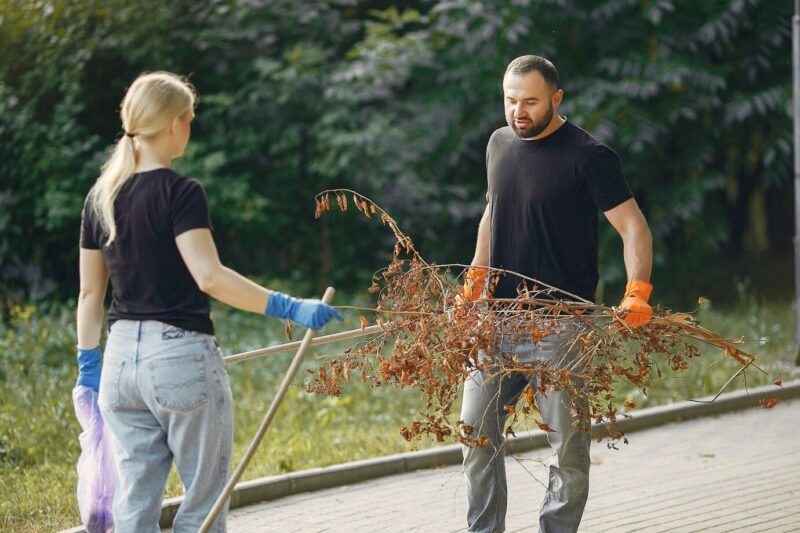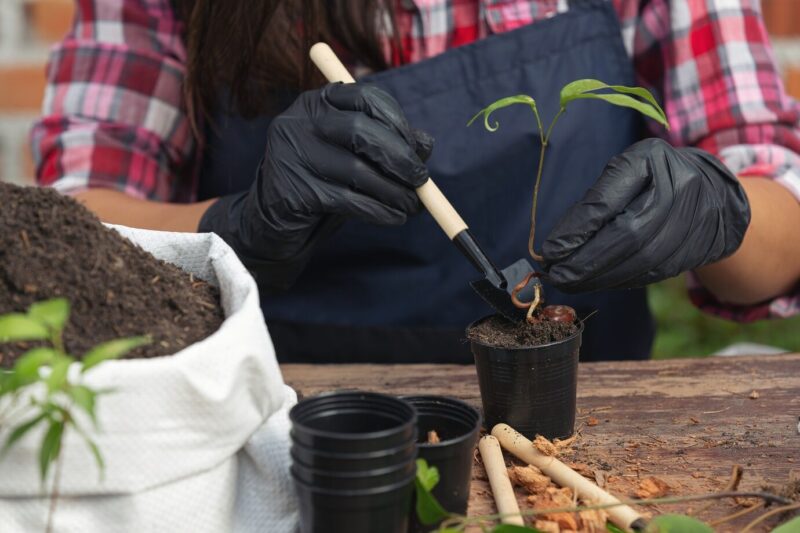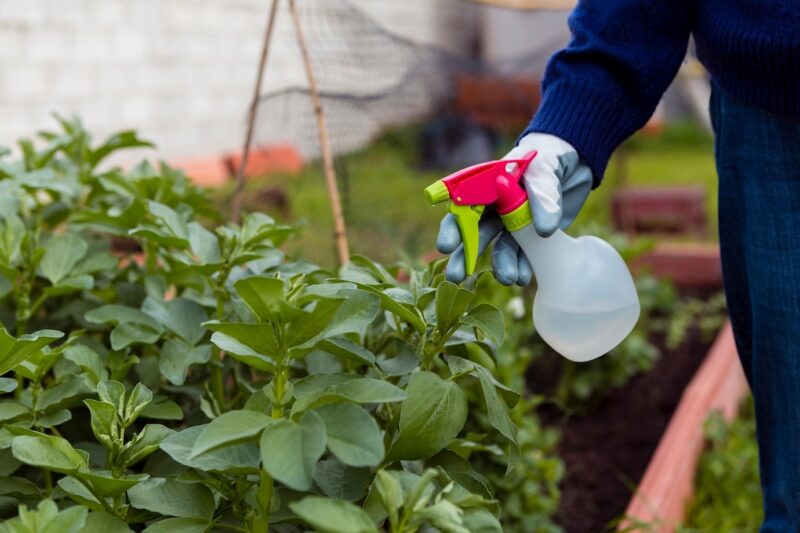Spring is a time of renewal, and your garden needs attention to ensure a season full of healthy plants, vibrant flowers, and a flourishing lawn.
After months of cold weather, the soil and plants require care to wake up and thrive.
By following essential gardening tasks, you can set the foundation for strong growth throughout the year.
Clearing and Cleaning Your Garden
The first step in spring gardening is clearing and cleaning your space.
Winter often leaves behind debris such as fallen leaves, dead branches, and compacted soil.
Removing these elements allows your garden to breathe and absorb nutrients properly.
Raking dead leaves and aerating the soil will improve air circulation, which is crucial for plant health.
Additionally, clearing out weeds early in the season prevents them from taking over later when they grow aggressively.

Soil Preparation for a Strong Start
Once your garden is clean, focus on soil preparation. Over the winter, soil tends to lose essential nutrients, so refreshing it is vital.
Testing your soil’s pH levels can help determine what amendments are needed.
Adding organic compost or well-rotted manure improves soil structure and provides essential nutrients.
If your soil is too acidic or too alkaline, adjusting it with lime or sulphur will create the perfect growing conditions for your plants.
Mulching is another important step, as it retains moisture, suppresses weeds, and regulates soil temperature.
Pruning for Healthier Growth
Pruning is a key spring task that encourages healthy growth. Shrubs, trees, and perennials often benefit from trimming to remove dead or diseased branches.
This prevents the spread of disease and stimulates new growth. For flowering plants, pruning at the right time ensures optimal blooming.
Early bloomers should be pruned immediately after flowering, while summer bloomers can be trimmed in early spring before they start growing.
Proper pruning also enhances the shape and structure of plants, making them more visually appealing.
Planning and Planting New Additions
Spring is the best time to plan and plant new additions to your garden.
Whether you want to grow vegetables, flowers, or shrubs, selecting the right plants for your climate and soil type is essential.
Hardy perennials and early vegetables like lettuce, spinach, and peas can be planted as soon as the ground is workable.
If you’re introducing new trees or shrubs, early spring planting gives them time to establish roots before the hot summer months.
Companion planting is also beneficial, as certain plants grow better together and can deter pests naturally.

Reviving Your Lawn After Winter
A lush, green lawn requires special care in spring. Over the winter, grass can become weak, patchy, and compacted.
Dethatching, aerating, and overseeding are essential steps to revive your lawn.
Fertilizing with a balanced mix of nitrogen, phosphorus, and potassium will promote healthy root development and encourage dense growth.
If your lawn has bare spots, reseeding early in the season helps grass establish before summer heat.
Mowing should be done at the correct height to avoid stressing the grass, and watering should be consistent but not excessive.
Preventing Pests and Disease
Pest and disease prevention should be addressed before issues arise. Spring is the time to inspect your plants for signs of trouble, such as discoloured leaves or weak stems.
Applying organic pest control methods, such as neem oil or introducing beneficial insects, can prevent outbreaks without harming the environment.
Keeping your garden well-maintained by removing diseased plants and promoting good air circulation reduces the risk of infestations.
Experts at Ron Smith stress the importance of early pest management to ensure a thriving garden throughout the season.

Adding Support Structures for Plants
Adding support structures like trellises and stakes is another valuable spring task. Tall plants and climbing varieties, such as tomatoes and beans, benefit from early support to encourage healthy growth.
Installing these structures early prevents damage to roots and allows plants to grow in an organized manner. Additionally, pathways and edging should be repaired to keep garden beds tidy and accessible.
Watering Wisely to Avoid Problems
Watering is crucial in spring, but it’s important to find the right balance. Too much water can lead to root rot, while too little can hinder growth.
Setting up a drip irrigation system or using a soaker hose ensures consistent moisture without waste.
Watering in the morning is ideal, as it allows plants to absorb moisture before the heat of the day while reducing the risk of fungal diseases.
Ongoing Maintenance and Care
Garden maintenance doesn’t stop with planting and watering. Regular monitoring, feeding, and adjusting care as needed will help your plants thrive.
Keeping a gardening journal can be beneficial for tracking progress and planning future improvements.
Recording which plants performed well, what pests were present, and how the weather affected growth can provide valuable insights for the next growing season.
Final Words
By following these essential spring gardening tasks, you’ll set your garden up for success.
Preparing the soil, pruning, planting wisely, and maintaining a proper care routine will ensure a beautiful and productive outdoor space.
With consistent attention and effort, your garden will flourish, providing beauty and harvests for months to come.


